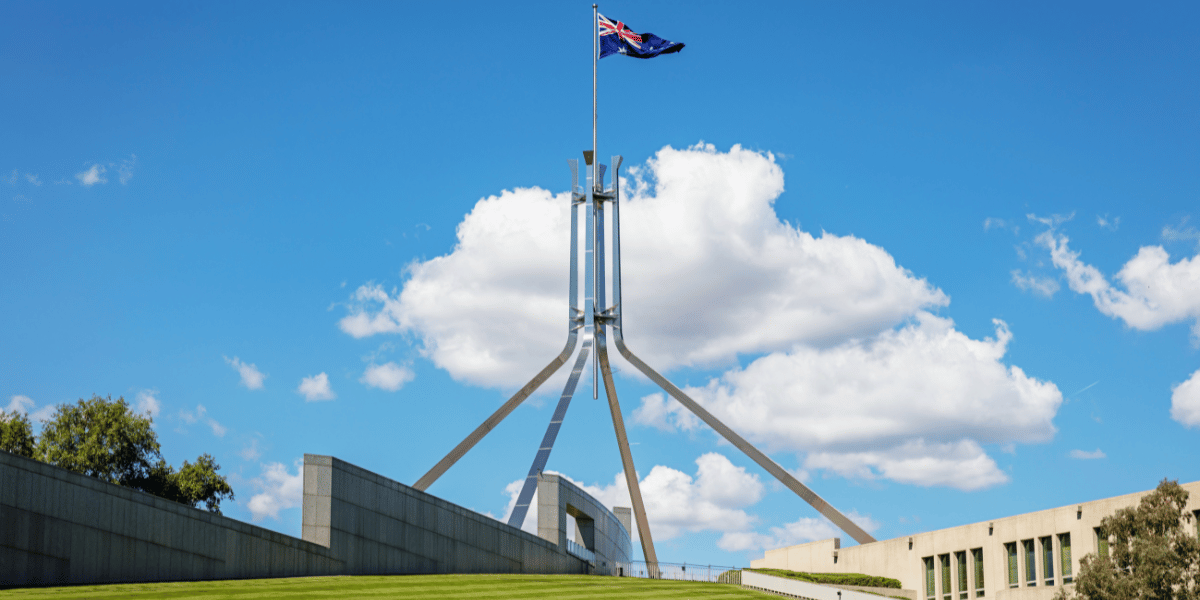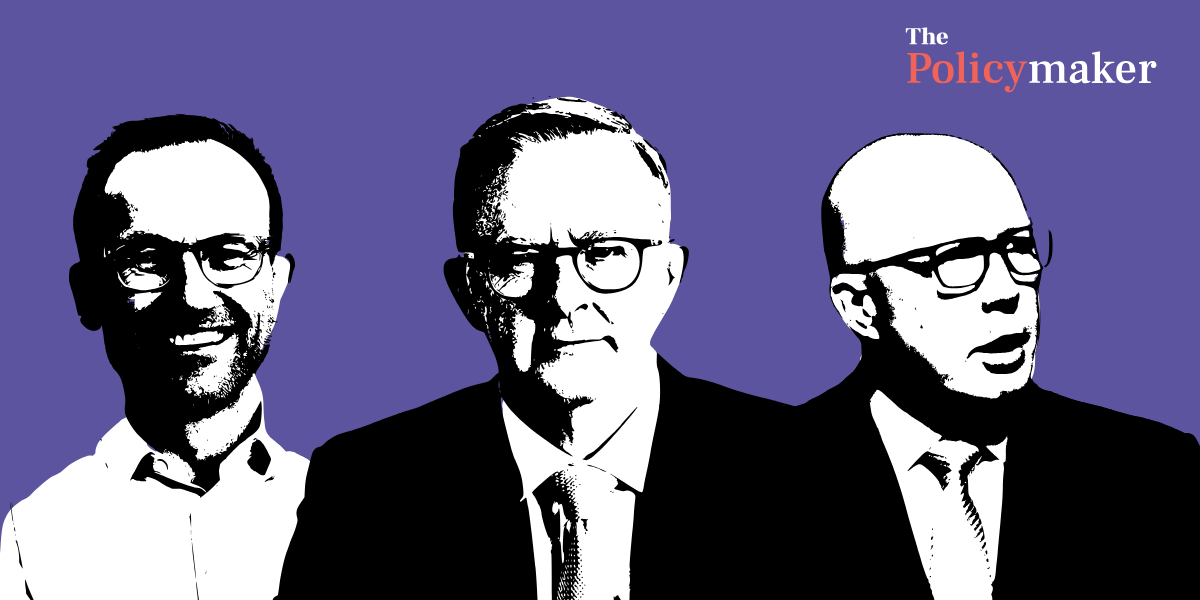8 May 2024
Government and industry are responding at speed to the climate crisis with action across government on decarbonising and increasing climate resilience. As policymakers formulate a range of climate mitigation and adaptation policies, inevitably they engage with climate science on some level to understand and synthesise it into policy.
Creating incisive and effective policies based on the “best available science” isn’t always easy. The relationship between academia and government can prove challenging as parties try to navigate differing priorities. Climate scientists offer findings, knowledge and expertise based on their research to influence and engage policy, while policymakers balance effective and actionable policy with scientific advice.
Policymakers sometimes find it hard to determine the utility of research findings. Misunderstanding information can lead to erroneous conclusions and sometimes to disillusionment amongst parties or even fractured relationships. Policy outcomes suffer as a result.
In my role as Lead Knowledge Broker for the ARC Centre of Excellence for Climate Extremes, and with prior experience as a federal public servant, I work with academics to share their knowledge with a wider audience – primarily government – to facilitate communication and achieve improved outcomes for all.
Here’s a practitioner guide for knowledge brokering to help bridge the climate scientist-policymaker gap.
But what is a knowledge broker?
Knowledge brokers are a growing group across government, industry and academia who act as translators, interpreters, shepherds, advocates, mediators, advisors and gatekeepers, providing conduits for information and sources of trustworthy advice. Knowledge brokers provide a focus to guide parties through unfamiliar stakeholder environments.
My overarching interpretation of the role has been to help academics understand government and disseminate their research using targeted and appropriate communication, while helping policymakers use climate science to guide and develop relevant policy actions.
1. Climate models are a representation of our understanding of the climate system
Climate science is complicated. The field includes data scientists, mathematicians, atmospheric scientists, oceanographers and physicists. There are many other fields which intersect, such as geologists, chemists, biologists, soil scientists and hydrologists.
The complexity of the climate system stems from multiple phenomena which interact, cascade and compound. For example, Cyclone Jasper which swept Queensland during the summer of 2023-24, involved a tropical cyclone, colliding with moist winds from multiple directions producing torrential rain and causing flooding and disruption to the whole region. Describing an event of this complexity, with so many component phenomena, cannot be done simply.
Climate models are a representation of our climate. They incorporate our knowledge of the climate system and show us the way in which we might influence the climate, for example what we emit or how we might behave. Some phenomena are understood well while others less so. As the climate changes, our understanding evolves.
Improving all the time, climate models have accurately projected global warming since the early 1970s. They provide an opportunity to understand our climate but require interpretation to fully utilise their strengths and navigate their weaknesses. It is remarkable that the outputs are reliably reproducible, giving us greater confidence in their validity. They have therefore become invaluable as we live through the climate crisis.
2. Learning a new language
The media talks about “climate modelling” projecting our future, while weather reports keep us up to date on the latest indicators of La Niña. Misunderstanding or misinterpreting these highly specialised words for policymakers can have unintended consequences.
For a policymaker, encountering unfamiliar terms, such as global and regional climate models, or a myriad of acronyms, such as CMIP, CORDEX, NarClim, ENSO, is overwhelming. There is a need for digestible, easy to access, scientific outputs which academic papers do not provide.
Translating scientific research into “plain English” is a major part of my role. Understanding audience requirements, as well as working closely with scientists – sometimes word by word – to provide accessible, easy to understand, but not misleading explanations is essential.
Even Article 12 of the Paris Agreement details the need to take, “measures, as appropriate, to enhance climate change education, training, public awareness, public participation and public access to information…”
3. Understanding each other’s world
Understanding the complexities and machinery of government has been invaluable when approaching government on behalf of academics. Existing and upcoming government policies, how policies and legislation differ, the language of the public service, government inquires, organisational structures, and parliamentary procedures – these are all publicly available. However, for the uninitiated, information is hard to access and interpret.
A significant portion of my time is spent educating researchers about government, the roles and responsibilities of its different levels and the delivery of services. Most people would probably be surprised at how little world class researchers know about how government works.
Academia is equally complex. Finding expert views can be hard in a sea of universities, schools, centres, institutes, groups, departments, and research groups. And expertise tends to be highly niche.
Even once you’ve found the speciality area, obtaining a single opinion on a topic can sometimes be the wrong approach. For example, multiple conclusions can be drawn from the same observational data, especially where there are complex interactions such as in the climate system. Seeking multiple points of view and using a range of possible outcomes in policy responses would be favourable, though understandably challenging, in the pressurised environment of government.
4. Problems of scale
Working with uncertainty is difficult for policymakers when they need media-friendly phrases. Policymakers tend to want highly specific, location-based and time dependent information. Sometimes they also want to extend a finding beyond its constrained investigation. As such, policymakers sometimes encounter a reluctance from climate scientists to draw conclusions from their work if the research is not designed that way.
Climate scientists generally specialise in a field and of course have a range of knowledge in proximate areas. However, expanding conclusions which go beyond their research boundaries can be problematic if they become scientifically misleading, resulting in reputational risk. For example, extending findings about rainfall in Sydney to the rest of the country could lead to fallacious results.
Conversely, where a finding is about a large system, drawing small scale conclusions can also be misleading. Considering scale can be helpful for policymakers when drawing conclusions from climate statements, ensuring concepts are communicated in a scientifically sensible way.
5. Everyone is time poor – but in different ways
The business of government, in the context of political and media demands, sometimes means that short term answers are expedient. However, the requirement for quick answers can be at odds with the scientific process.
Research can be long-term (think decades), sometimes involving collecting data or experimenting to analyse results with reference to a hypothesis. In addition, researchers can work on multiple projects juggling various funding buckets to multiple timelines making them equally busy. Policymakers, quite understandably, sometimes ask apparently simple questions that turn out to require years of work to answer usefully.
Hug a climate scientist
As the climate crisis unfolds and policy responses gather pace, policymakers and climate scientists need to work together to understand and appreciate the fundamentals of the climate system and its behaviour. This can only help to focus where policy is needed, the scale of action required and the need to make relevant, useful responses.
There are benefits to working together for both policymakers and academia. Harnessing the outputs of academic endeavour can help avoid potential pitfalls in policy design. At the same time, academics can increase their research impact by influencing national policy.
It has been a revelation and privilege to delve into the world of academic climate science, working with world leaders on the research frontiers. I can highly recommend it!
Angela Kaplish is Lead Knowledge Broker at the ARC Centre of Excellence for Climate Extremes. Her work centres around translating and explaining climate science for government audiences. She is particularly interested in providing and disseminating climate science for policymaking. She has previously worked in federal government, private industry and NGOs both in Australia and the UK. Her background is in engineering, environmental management and business analysis.
Image credit: StockRocket from Getty Images Pro
Features
Libby Hackett, Jordan Ward, Jack Isherwood, Bonnie Bley, Hannah Lobb, Isabella Whealing and Hugh Piper
Subscribe to The Policymaker
Explore more articles
Libby Hackett, Jordan Ward, Jack Isherwood, Bonnie Bley, Hannah Lobb, Isabella Whealing and Hugh Piper
Features
Libby Hackett, Jordan Ward, Jack Isherwood, Bonnie Bley, Hannah Lobb, Isabella Whealing and Hugh Piper
Explore more articles
Libby Hackett, Jordan Ward, Jack Isherwood, Bonnie Bley, Hannah Lobb, Isabella Whealing and Hugh Piper
Subscribe to The Policymaker








